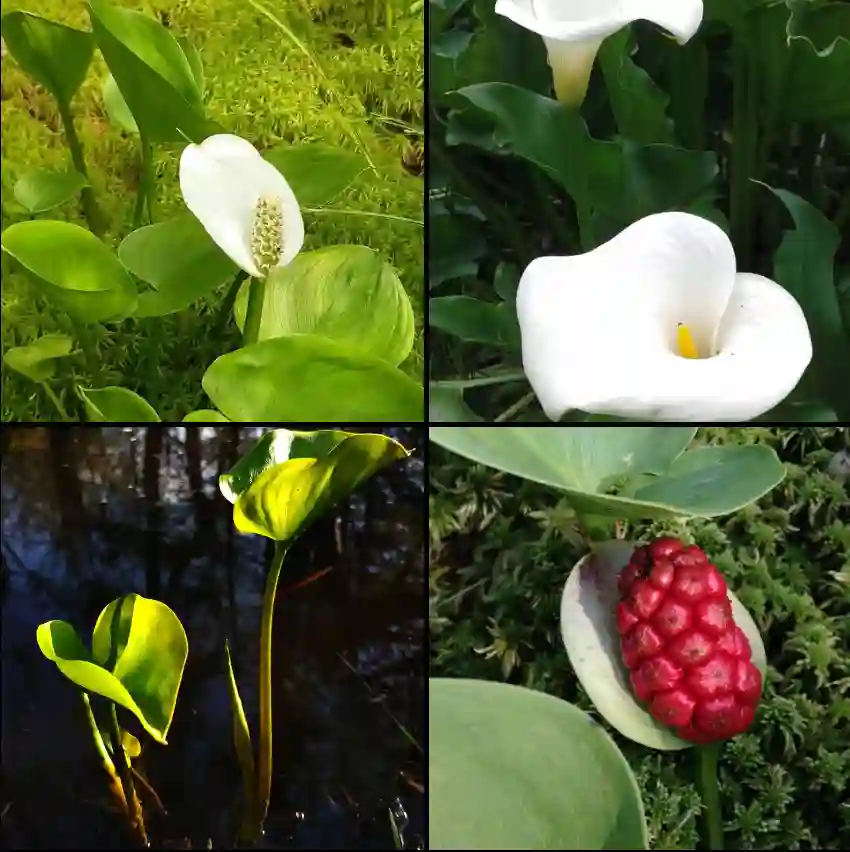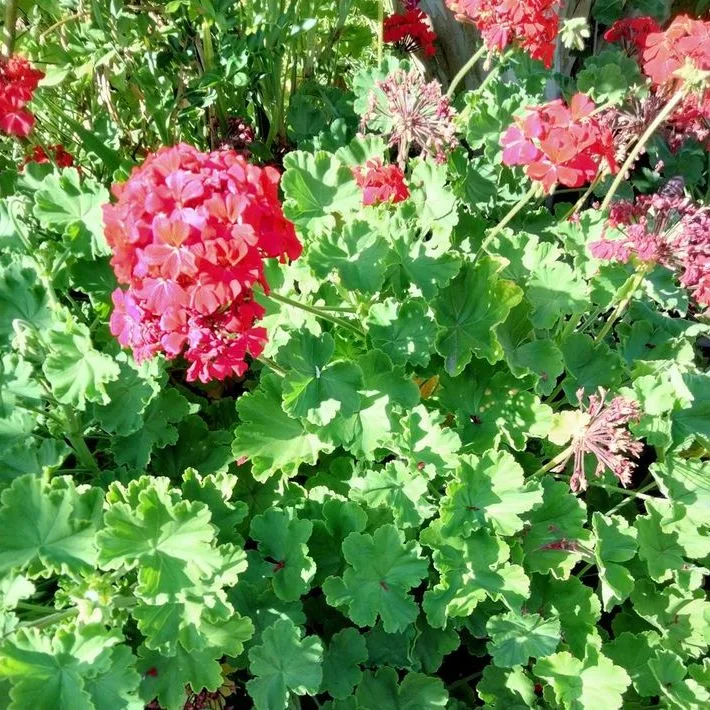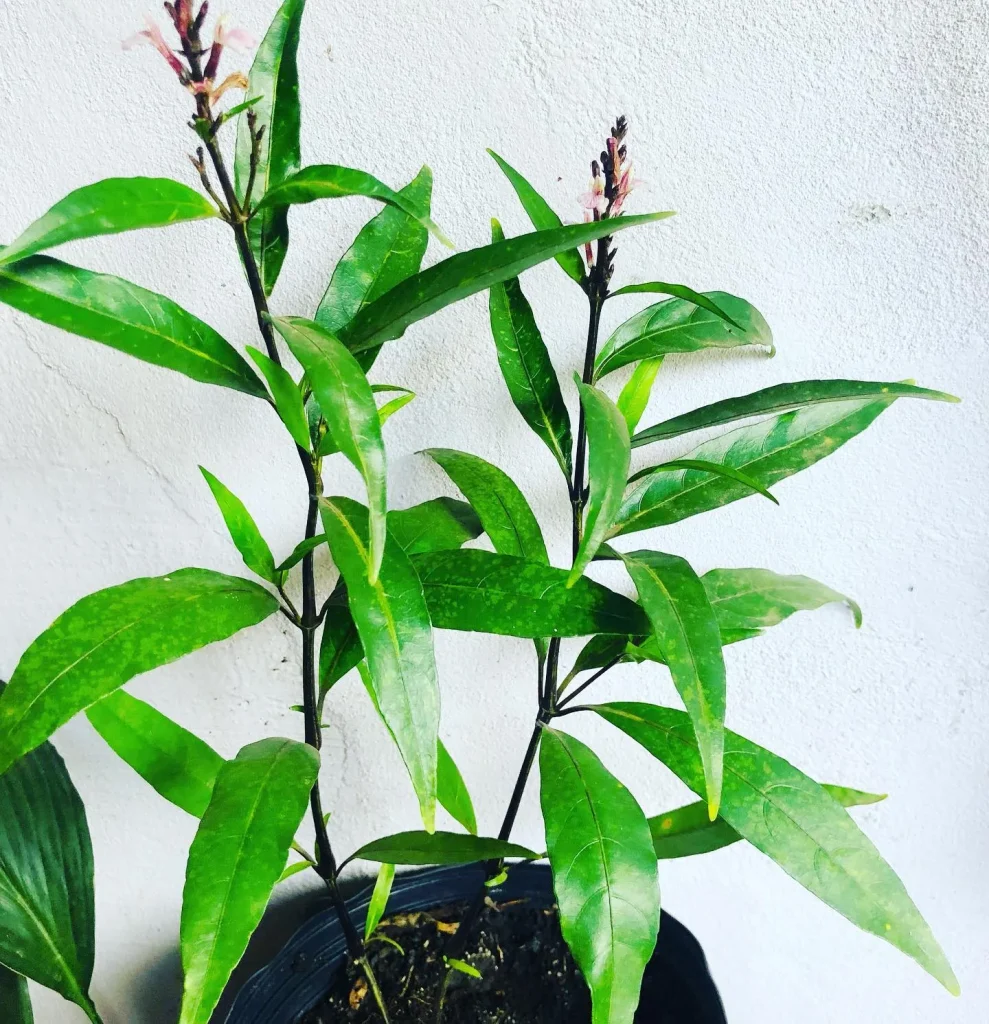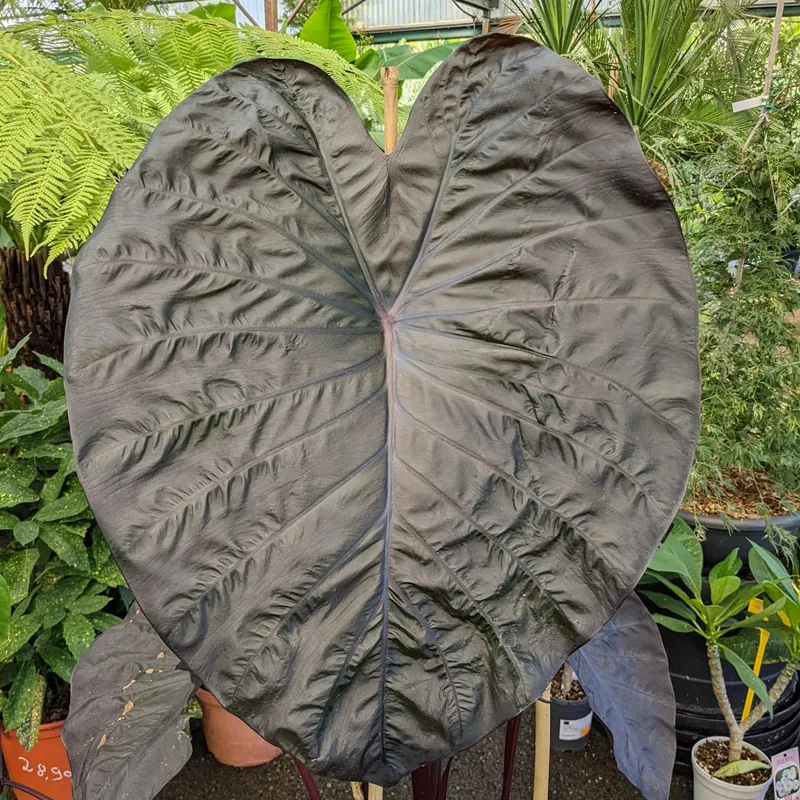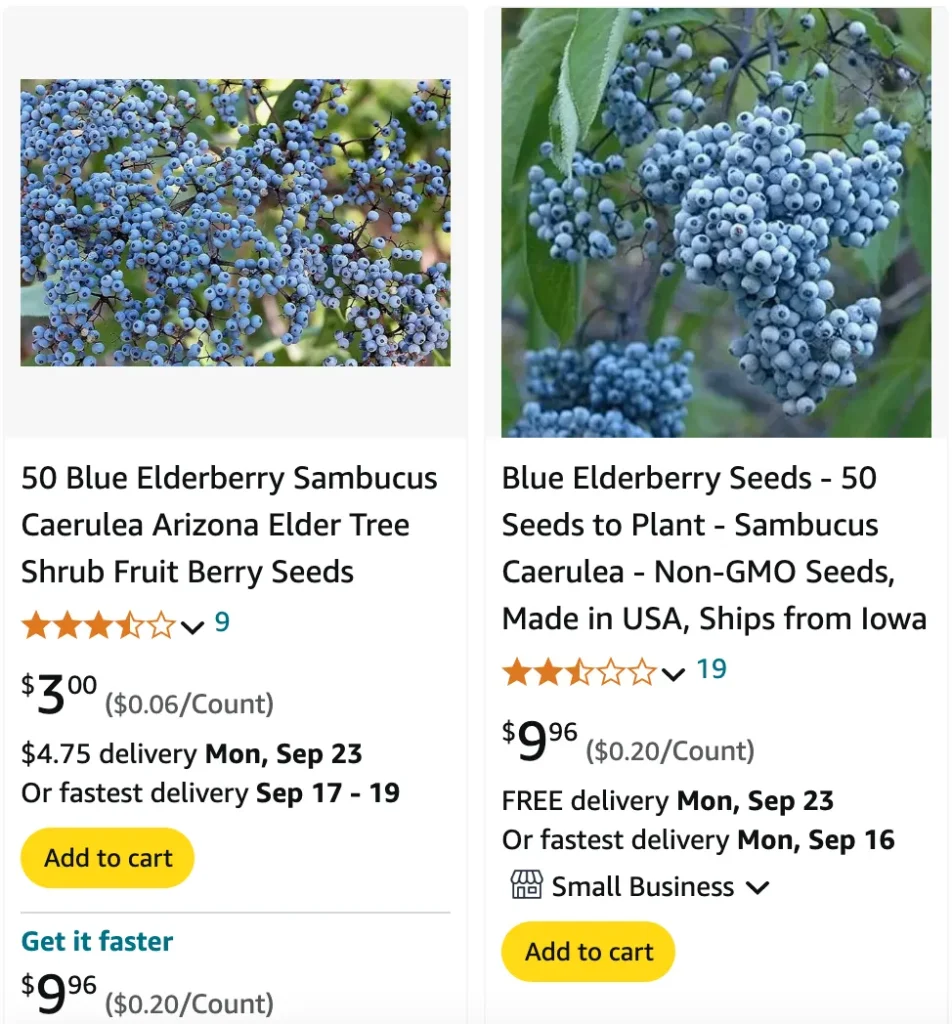
FAQs About Sambucus Caerulea
Sambucus Caerulea, also known as blue elderberry, is a versatile and hardy plant with many uses. It’s native to the western United States, and its berries have been used for food, medicine, and ornamental purposes for generations. Over time, I’ve learned quite a bit about this plant, and I’m excited to answer some frequently asked questions about Sambucus Caerulea based on my experiences.
23 Species in Genus Sambucus
What Is Sambucus Caerulea?
Sambucus Caerulea is a species of elderberry known for its blue or purple berries. The plant grows as a deciduous shrub or small tree, reaching up to 30 feet in height. Its clusters of creamy white flowers bloom in late spring to early summer, followed by the production of fruit. The berries are a rich source of vitamins and antioxidants, commonly used in making jams, wines, syrups, and even medicinal remedies.
How to Pronounce Sambucus Caerulea?
The pronunciation of Sambucus Caerulea can be a bit tricky at first, but it’s quite simple once you get used to it. You pronounce it as Sam-BYOO-kus Seh-ROO-lee-ah. The “Sambucus” part is straightforward, while “Caerulea” refers to the blue or sky-colored berries it produces, and that’s why “caerulea” is pronounced with an emphasis on the “roo.”
How to Grow Sambucus Caerulea?
Growing Sambucus Caerulea has been relatively easy for me, as it’s an adaptable plant. It prefers well-drained soil, though it can tolerate a wide range of conditions, including clay and sandy soils. Here are a few steps I’ve followed:
- Planting Location: Sambucus Caerulea thrives in full sun to partial shade. The more sun it receives, the more flowers and berries it produces, which is important if you’re looking to harvest them.
- Soil Preparation: I usually add some compost or organic matter to the planting site to give it a nutrient-rich foundation.
- Watering: In the first year, regular watering is key to establishing strong roots. Once established, it becomes fairly drought-resistant.
- Pruning: Regular pruning encourages bushier growth and helps maintain its size and shape. I’ve found that trimming it back after the fruiting season works well to keep it from becoming too leggy.
Is Sambucus Caerulea Medicinal?
Yes, Sambucus Caerulea has a long history of medicinal use. Its berries and flowers are used for their antiviral, anti-inflammatory, and immune-boosting properties. The berries are packed with antioxidants and vitamins A, B, and C. In my experience, elderberry syrup made from Sambucus Caerulea has been a reliable remedy for cold and flu symptoms. However, it’s important to note that the berries must be cooked before consumption, as raw elderberries can be toxic.
How to Care for Sambucus Caerulea?
Caring for Sambucus Caerulea is fairly simple once established. Regular watering, especially during dry spells, is essential, but overwatering should be avoided. I’ve found that mulching around the base helps retain moisture and suppress weeds. Fertilizing isn’t usually necessary, but if the plant looks weak, a balanced organic fertilizer can be applied in the spring. Pruning dead or diseased branches encourages healthy growth.
How to Propagate Sambucus Caerulea?
Propagation of Sambucus Caerulea can be done through both seeds and cuttings. I’ve had success with both, but here’s how I’ve typically propagated it from cuttings:
- Take Cuttings: In early spring, take a hardwood cutting about 8-10 inches long.
- Prepare the Cutting: Remove any leaves from the bottom half and dip the cut end in rooting hormone.
- Planting: Plant the cutting in a well-draining soil mix and keep it moist. Roots will usually form within a few weeks.
Can You Grow Sambucus Caerulea Indoors?
Growing Sambucus Caerulea indoors can be challenging because it prefers a lot of sunlight and space to spread out. However, I’ve known people who’ve grown them in large containers placed by sunny windows or in conservatories. For indoor growing, regular pruning and attention to humidity are key. Personally, I recommend growing it outdoors where it can flourish.
Is Sambucus Caerulea Toxic?
While the berries of Sambucus Caerulea are edible once cooked, other parts of the plant, including the leaves, stems, and roots, contain cyanogenic glycosides, which can release cyanide. Raw berries can also cause stomach upset. I always make sure to cook the berries before using them in any recipes to neutralize the toxins.
What to Plant with Sambucus Caerulea?
I’ve had success planting Sambucus Caerulea alongside native plants like wild roses, currants, and Oregon grape. They thrive in similar conditions and provide a beautiful, native garden look. Taller plants like lilacs can also complement the elderberry’s bushy growth.
What Are the Common Problems with Sambucus Caerulea?
Common problems I’ve encountered include aphids, spider mites, and powdery mildew. These pests and diseases are manageable with proper care. I recommend using neem oil to treat insect infestations and ensuring the plant has good air circulation to avoid mildew. Keeping the plant well-pruned and avoiding overwatering also helps minimize these issues.
Benefits of Sambucus Caerulea
From my experience, Sambucus Caerulea offers a range of benefits:
- Ornamental: Its clusters of white flowers and bluish-purple berries add beauty to the landscape.
- Wildlife Attractant: The plant attracts pollinators like bees and butterflies, and birds love the berries.
- Medicinal Uses: As mentioned, the berries and flowers are used for their health benefits.
How Does Sambucus Caerulea Compare to Sambucus Nigra?
Sambucus Caerulea is often confused with Sambucus Nigra (European elderberry), but there are a few differences. Sambucus Nigra typically has darker, almost black berries, while Sambucus Caerulea has blue berries with a powdery coating. In my opinion, both are excellent plants, but Sambucus Caerulea is better suited for western climates, while Sambucus Nigra thrives in cooler, more humid conditions.
In conclusion, Sambucus Caerulea is a highly rewarding plant to grow, offering both ornamental beauty and practical benefits. Whether you’re interested in using its berries for medicinal purposes or simply want a beautiful addition to your garden, it’s a versatile and easy-to-care-for plant.
If i die, water my plants!
